An odds ratio of 112 means the odds of having eaten lettuce were 11 times higher among casepatients than controls Because the odds ratio is greater than 10, lettuce might be a risk factor for illness after the luncheon The magnitude of the odds ratioFor estimates of relative risk ratios, this becomes logarithm We can specify this manually, or just use a builtin family for our generalized linear model for which the logarithm is the canonical link fucntion, and hence the default Thus interpreting an odds ratio as though it were a relative risk could mislead us into believing that an effect size is bigger than is actually the case Crucially, however, large discrepancies are seen for only large effect sizes Suppose an odds ratio of, say, 02 reflects a true relative risk of 04

269 Questions With Answers In Odds Ratio Science Topic
What is the difference between odds ratio and relative risk
What is the difference between odds ratio and relative risk- Odds ratio is similar to relative risk In the sheepskin trial the relative risk was 058 and the odds ratio was 054 For most clinical trials where the event rate is low, that is less than 10% of all participants have an event, the odds ratio and relative risk can be considered interchangeableThe risk ratio In practice, risks and odds for a single group are not nearly as interesting as a comparison of risks and odds between two groups For risk you can make these comparisons by dividing the risk for one group (usually the group exposed to the risk factor) by the risk for the second, nonexposed, group This gives us the risk ratio




最新 Odds Ratio Vs Relative Risk Usmle ただの悪魔の画像
9222 Measures of relative effect the risk ratio and odds ratio Measures of relative effect express the outcome in one group relative to that in the other The risk ratio (or relative risk) is the ratio of the risk of an event in the two groups, whereas the odds ratio is the ratio of the odds of an event (see Box 92a)For both measures a value of 1 indicates that the estimated effects Many healthrelated studies express results in terms of the Odds Ratio (OR), a frequentlymisunderstood statistic that resembles but differs from the RelativRelative risk (and odds ratio) can remain large • As the risk becomes common (> 10%), the OR greatly overestimates the RR • RR and RD are arguably more interpretable than OR, nevertheless the odds ratio is ubiquitous in Public Health and Medicine despite the tendency for people to interpret ORs as if they are RRs
The odds ratio is the ratio of two odds ODDS RATIO Odds Ratio = Odds of Event A / Odds of Event B For example, we could calculate the odds ratio between picking a red ball and a green ball The probability of picking a red ball is 4/5 = 08 The odds of picking a red ball are (08) / 1(08) = 08 / 02 = 4 The odds ratio for picking a red Percent increase = (Risk Ratio lower bound – 1) x 100 Percent decrease = (1 – Risk Ratio upper bound) x 100 It's worth stating again when comparing two proportions close to 1 or 0, the risk ratio is usually a better summary than the raw difference Odds Ratios We now turn to odds ratios as yet another way to summarize a 2 x 2 tableBoth the odds ratio and the relative risk compare the relative likelihood of an event occurring between two groups The relative risk is easier to interpret and is consistent with general intuition Some designs, however, allow only for the calculation of the odds
Odds Ratio (OR) is a ratio or proportion of odds I just remember that odds ratio is a ratio of odds and probability isn't a ratio of odds (AKA it is the other option) Relative Risk = Probability / Probability Odds Ratio = Odds / Odds Now that you have a general idea of what odds ratio and relative risk are you need to know when to use INTRODUCTION Odds ratio (OR) and risk ratio (RR) are two commonly used measures of association reported in research studies In crosssectional studies, the odds ratio is also referred to as the prevalence odds ratio (POR) when prevalent cases are included, and, instead of the RR, the prevalence ratio (PR) is calculated The more frequent the outcome, the more the odds ratio overestimates the risk ratio when it is more than 1 or underestimates it when it is less than 1 We propose a simple method to approximate a risk ratio from the adjusted odds ratio and derive an estimate of an association or treatment effect that better represents the true relative risk




2 Relative Risk And Odds Ratio Youtube




How To Interpret And Use A Relative Risk And An Odds Ratio Youtube
Sometimes, we see the log odds ratio instead of the odds ratio The log OR comparing women to men is log(144) = 036 The log OR comparing men to women is log(069) = 036 log OR > 0 increased risk log OR = 0 no difference in risk log OR < 0 decreased risk Odds Ratio 0 5 10 15 More on the Odds Ratio Log Odds Ratio4 2 0 2 4 If the relative risk is 1, the tutoring made no difference at all If it's above 1, then the tutored group actually had a higher risk of failing than the controls Odds Ratio The odds ratio is the ratio of the odds of an event in the Treatment group to the oddsOdds ratios (OR) are commonly reported in the medical literature as the measure of association between exposure and outcome However, it is relative risk that people more intuitively understand as a measure of association Relative risk can be directly determined in a cohort study by calculating a risk ratio (RR)




How To Calculate An Odds Ratio Youtube



1
odds ratio with 95% CI diabetes estimate lower upper 0 NA NA 1 Note that, since this is a cohort study, it makes sense to compute the risk ratio, but I also have the option of computing an odds ratio, although in a casecontrol study one can only calculate an odds ratioRelative Risk and Odds Ratio for the obese 3) Overall, you can see that decreasing the baseline incidence will decrease the odds ratio (300 in those who are nonobese versus 129 in those who are obese) Obviously, these results run counter to expected results, putting the onus on the researcher to justify them Similarly, you should find For estimates of odds ratios, this is logit (ie the logarithm of the odds of the mean);




Relative Risk And Odds Ratio Youtube




On Biostatistics And Clinical Trials Odds Ratio And Relative Risk
See all my videos at https//wwwzstatisticscom/videos/Health Stats IQ playlisthttps//youtubecom/playlist?list=PLTNMv857s9WUI5YsQMW14trmbopjZMWPa000 Int 2 ODDS RATIO An odds ratio is the odds of the event in one group , for example, those exposed to a drug, divided by the odds of the event in another group not exposed Odd ratio in epidemiology In case control study since the incidence is not available so relative risk can not be calculated directly Therefore Odd ratio is obtained which is aRelative risk, odds, odds ratio, and others The concept and method of calculation are explained for each of these in simple terms and with the help of examples The interpretation of each is presented in plain English rather than in technical language Clinically useful notes are provided,




Relative Risk And Odds Ratio Youtube




Hazard Ratio Vs Odds Ratio ただの悪魔の画像
RELATIVE RISK AND ODDS RATIO Risk and Odds just seemed the same to me for a long time Since then, I have come to understand to important difference Lets start with Relative Risk Relative Risk can be addressed by asking the following question How many times more likely is an "exposed" group to develop aOdds Ratio, Hazard Ratio and Relative Risk Janez Stare1 Delphine MaucortBoulch2 Abstract Odds ratio (OR) is a statistic commonly encountered in professional or scientific medical literature Most readers perceive it as relative risk (RR), although most of them do not know why that would be true But since such perception is mostlyOdds Ratio versus Relative Risk Odds ratio can be calculated in a cohort study and in a casecontrol study − The exposure odds ratio is equal to the disease odds ratio Relative risk can only be calculated in a cohort study




35 Relative Risk And Odds Ratios Youtube




When Can Odds Ratios Mislead The Bmj
Risk ratios, odds ratios, and hazard ratios are three ubiquitous statistical measures in clinical research, yet are often misused or misunderstood in their interpretation of a study's results A 01 paper looking at the use of odds ratios in obstetrics and gynecology research reported 26% of studies (N = 151) misinterpreted odds ratios as risk ratios , while aN medical literature, the relative risk of an outcome is often described as a risk ratio (the probability of an event occurring in an exposed group divided by The homemade video abstract on the BMJ website shows you the difference between odds and risk, and how one odds ratio can mean several different relative risks (RRs), depending on the risk in one of the groups Unfortunately, in some situations, you just have to get an OR, notably logistic regression and retrospective casecontrol studies




How To Interpret And Use A Relative Risk And An Odds Ratio Youtube



2
Odds ratio vs risk ratio You know the difference between risk and odds A risk is the proportion of subjects with an event in a total group of susceptible subjects Thus, we can calculate the risk of having a heart attack among smokers (infarcted smokers divided by the total number of smokers) and among nonsmokers (the same, but with non The odds ratio (OR) is the ratio of the odds of cancer in smokers to the odds of cancer in nonsmokers OR = (a/b)/ (c/d) = (ad)/ (bc) The risk ratio (RR), also called the relative risk, is the ratio of the probability of cancer in smokers to the probability of cancer in nonsmokers Given that you know a, b, c, and d, you can compute either ofPute either the odds ratio or the relative risk to answer this question The odds ratio compares the relative odds of death in each group For women, the odds were exactly 2 to 1 against dying (154/308 05) For men, the odds were almost 5 to 1 in favor of death (709/142 4993) The odds ratio is 9986 (4993/05) There is a 10fold greater



Relative Risk Ratios And Odds Ratios




Against All Odds Improving The Understanding Of Risk Reporting British Journal Of General Practice
Odds ratio and relative riskBecause in statistics odds are converted to the 'to one' standard we need to think about how we can consider the odds in favour of surviving which at present is none_death to deaths = 1 to nine = 19 = 1/9 = to convert this to the 'to one' standard we just divide each by the denominator (ie 9) so now we have the ratio ofIn clinical studies, as well as in some other settings, the parameter of greatest interest is often the relative risk rather than the odds ratio The relative risk is best estimated using a population sample, but if the rare disease assumption holds, the odds ratio is a good approximation to the relative risk — the odds is p / (1 − p), so when p moves towards zero, 1 − p moves towards 1




Odds Ratios And Risk Ratios Youtube




Reporting The Findings Absolute Vs Relative Risk Center For Health Journalism
In our example above, p wine and p no_wine were 0009 and 0012 respectively, so the odds ratio was a good approximation of the relative risk OR = 0752 and RR = 075 If the risks were 08 and 09, the odds ratio and relative risk will be 2 very different numbers OR = 044 and RR = 0 Relative risk vs Odds ratioOdds ratio (OR) is a statistic commonly encountered in professional or scientific medical literature Most readers perceive it as relative risk (RR), although most of them do not know why thatThe odds ratio supports clinical decisions by providing information on the odds of a particular outcome relative to the odds of another outcome In the endocarditis example, the risk (or odds) of dying if treated with the new drug is relative to the risk (odds) of dying if treated with the standard treatment antibiotic protocol
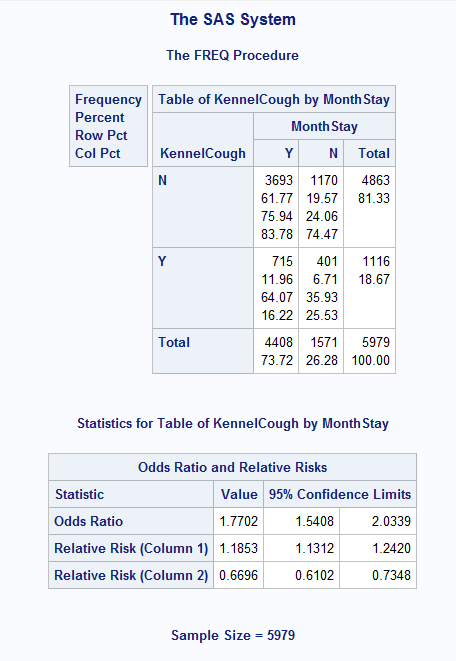



Different Odds Ratio From Proc Freq Proc Logisti Sas Support Communities




Odds Ratio Relative Risk Risk Difference Statistics Tutorial 30 Marinstatslectures Youtube
Results When risk was used as the measure of disease frequency, the summary risk ratio was 0 (95% CI = ), a 18% decrease in risk of infection When odds were used as the measure of disease frequency and the summary odds ratio was 041 (95% CI = 084), a 59% decrease in odds of infection Conclusions and clinical importance Relative risks and odds ratios are widely reported in the medical literature, but can be very difficult to understand We sought to further clarify these important indices Methods We illustrated both relative risks and odds ratios using bar charts, then looked at the types of study for which each statistic is suitedThe odds ratio for lettuce was calculated to be 112 How would you interpret the odds ratio?
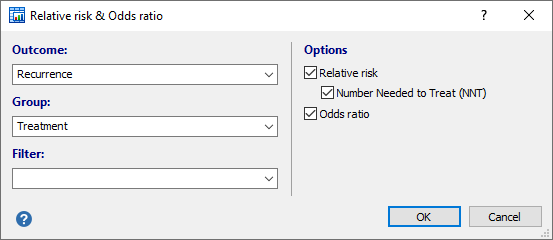



Relative Risk Odds Ratio




Converting An Odds Ratio To A Range Of Plausible Relative Risks For Better Communication Of Research Findings The Bmj
RealRisk works with any study which investigates the link between a risk factor or intervention and an outcome of interest, which also reports one of the following a relative risk (RR), hazard ratio (HR), odds ratio (OR) or a percentage change The study can be observational or experimental in design The terminology used can vary – so don't be put off if the terms 'risk factor' and Popular Answers (1) As Lluis's mentioned in his answer, you would use a chisquare to TEST if an association exists On the other hand, you would use an odds ratio, relative risk, hazard rate, etc The odds ratio will be greater than the relative risk if the relative risk is greater than one and less than the relative risk otherwise In the example above, if the adjusted odds ratio were interpreted as a relative risk, it would suggest that the risk of antibiotic associated diarrhoea is reduced by 75% for the intervention relative to the



Studying Studies Part I Relative Risk Vs Absolute Risk Peter Attia
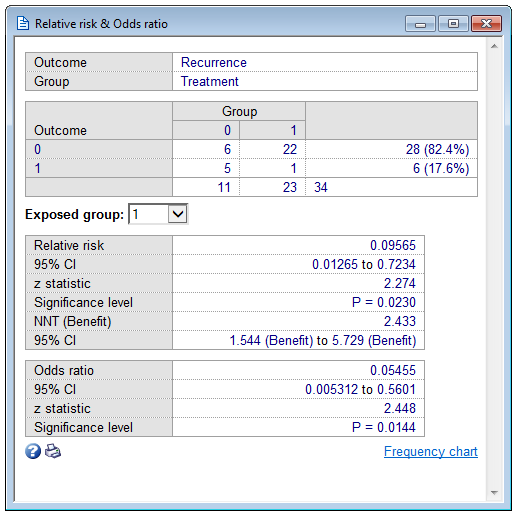



Relative Risk Odds Ratio
Definition of risk ratio A risk ratio (RR), also called relative risk, compares the risk of a health event (disease, injury, risk factor, or death) among one group with the risk among another group It does so by dividing the risk (incidence proportion, attack rate) in group 1 by the risk (incidence proportion, attack rate) in group 2 Odds ratio vs relative risk Odds ratios and relative risks are interpreted in much the same way and if and are much less than and then the odds ratio will be almost the same as the relative risk In some sense the relative risk is a more intuitive measure of effect size




What Is An Odds Ratio And How Do I Interpret It Critical Appraisal




Interpretation Of Odds Ratio And Fisher S Exact Test By Sergen Cansiz Towards Data Science




Odds Ratio Relative Risk Epidemiology Statistics Tutorial Student Evaluate Treatments Youtube



1



Full Article How Big Is A Big Odds Ratio Interpreting The Magnitudes Of Odds Ratios In Epidemiological Studies



1




Odds Ratios And Risk Ratios Youtube




Relative Risk Odds Ratio And Risk Difference Aka Attributable Risk In R R Tutorial 4 8 Youtube Linear Regression Regression Data Science
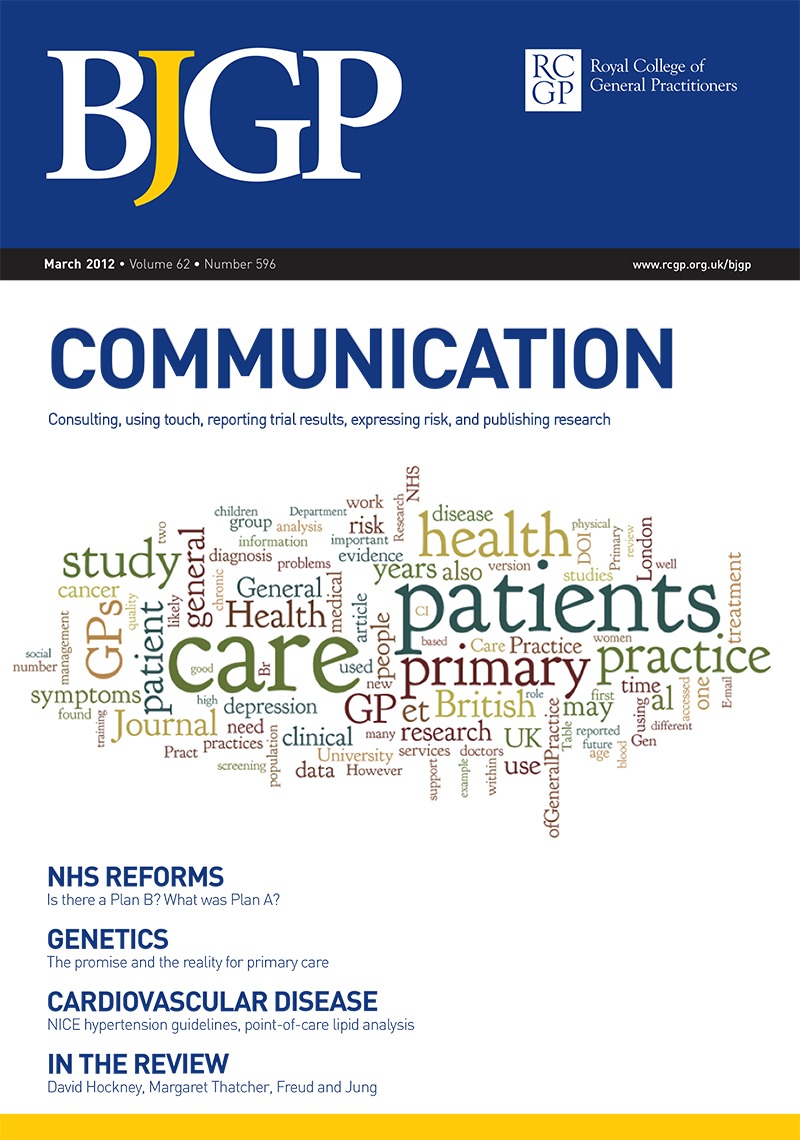



Against All Odds Improving The Understanding Of Risk Reporting British Journal Of General Practice




Hazard Ratio Odds Ratio
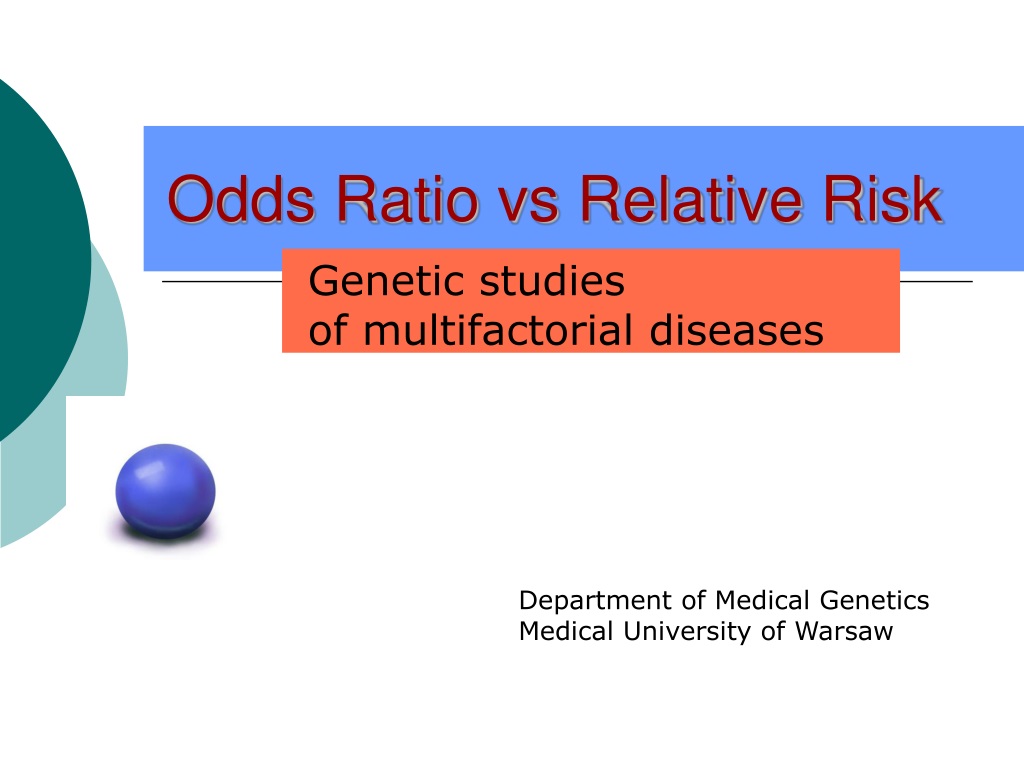



Ppt Odds Ratio Vs Relative Risk Powerpoint Presentation Free Download Id




Estimation Of Absolute Risk Of Colorectal Cancer Based On Healthy Lifestyle Genetic Risk And Colonoscopy Status In A Population Based Study Gastroenterology




269 Questions With Answers In Odds Ratio Science Topic




Relative Risk Vs Odds Ratio Extensive Video Youtube




A Practical Overview Of Case Control Studies In Clinical Practice Chest




Odds Ratio Relative Risk Risk Difference Statistics Tutorial 30 Marinstatslectures Youtube




最新 Odds Ratio Vs Relative Risk Usmle ただの悪魔の画像



Interpretation Of Odds Ratio And Fisher S Exact Test By Sergen Cansiz Towards Data Science




What Is An Odds Ratio And How Do I Interpret It Critical Appraisal




最新 Odds Ratio Vs Relative Risk Usmle ただの悪魔の画像




Hazard Ratio Odds Ratio




Odds Ratios And Risk Ratios Youtube



Studying Studies Part I Relative Risk Vs Absolute Risk Peter Attia




Odds Vs Risk Ratio ただの悪魔の画像



Risk Differences Odds Ratios And Relative Risks Plots With Proc Freq




Measures Of Effect Relative Risks Odds Ratios Risk Difference And Number Needed To Treat Kidney International




Effect Size Odds Ratio Or Vs Relative Risk Rr Youtube
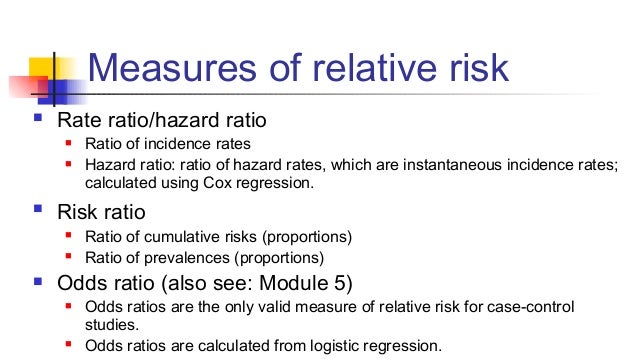



Odds Vs Risk Ratio ただの悪魔の画像




Stat 101 Lecture 4 1 8 Relative Risk And The Odds Ratio Youtube




Relative Risk Odds Ratios Youtube




Relative Risk Odds Ratios Youtube




Cureus What S The Risk Differentiating Risk Ratios Odds Ratios And Hazard Ratios




Odds Ratio And Relative Risk Youtube




Stat 101 Lecture 4 1 8 Relative Risk And The Odds Ratio Youtube




Relative Risk Versus Odds Ratio Usmle Biostatistics 4 Youtube




269 Questions With Answers In Odds Ratio Science Topic




Hazard Ratio Vs Odds Ratio ただの悪魔の画像




Hazard Ratio Odds Ratio




A Beginner S Guide To Interpreting Odds Ratios Confidence Intervals And P Values Students 4 Best Evidence




Odds Vs Risk Ratio ただの悪魔の画像




Odds Ratio Relative Risk Risk Difference Statistics Tutorial 30 Marinstatslectures Youtube



On The Bias And Variance Of Odds Ratio Relative Risk And False Discovery Proportion Communications In Statistics Theory And Methods Vol 0 No 0




Calculating The Risk Ratio Odds Ratio And Risk Difference In A Randomised Controlled Trial Youtube




Interpretation Of Odds Ratio And Fisher S Exact Test By Sergen Cansiz Towards Data Science




How To Calculate Odds Ratio And Relative Risk In Excel Statology




Odds Ratio Relative Risk Calculation Definition Probability Odds Youtube




Effect Size Odds Ratio Or Vs Relative Risk Rr Youtube




Relative Risk And Odds Ratio Youtube



Estimating Relative Risk The Odds Ratio And Attributable Risk Applied Statistics In Healthcare Research
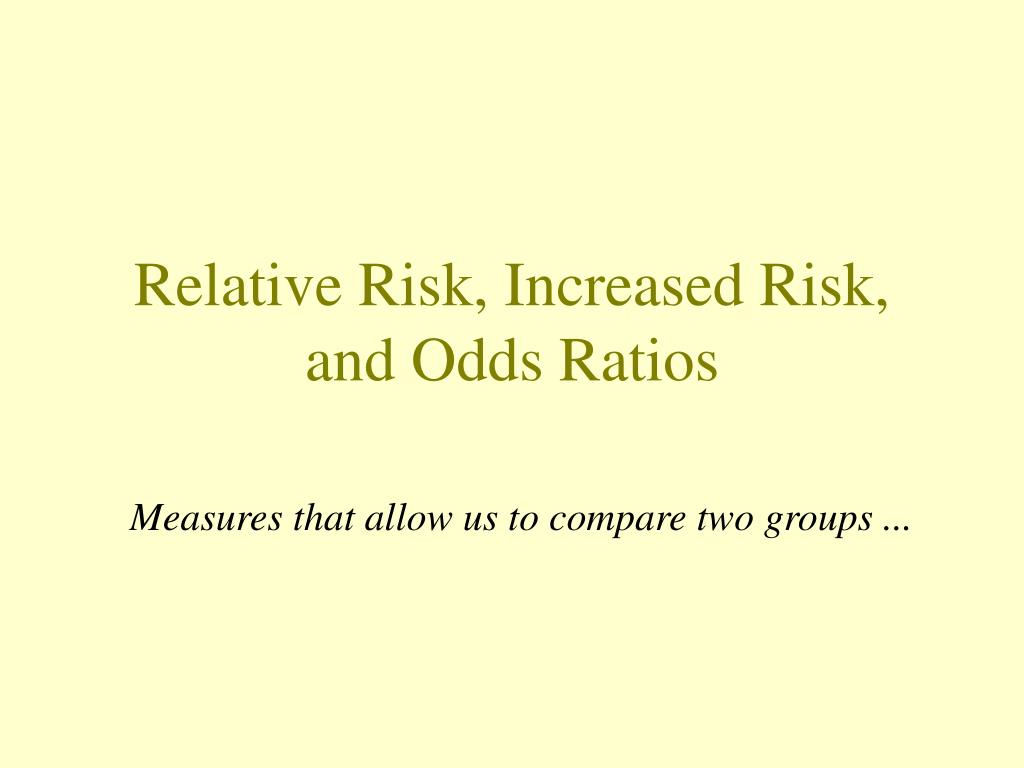



Ppt Relative Risk Increased Risk And Odds Ratios Powerpoint Presentation Id




Nccmt Ure Odds Ratios Youtube




Using Odds Ratio In Case Control Studies Youtube Case Control Study Study Research Methods








Odds Ratio Relative Risk Risk Difference Statistics Tutorial 30 Marinstatslectures Youtube
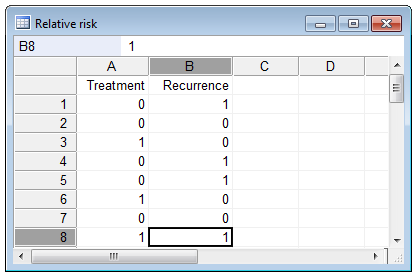



Relative Risk Odds Ratio




Relative Risk Vs Odds Ratio Youtube




The Difference Between Relative Risk And Odds Ratios The Analysis Factor




Odds Ratio Relative Risk Risk Difference With R R Tutorial 4 11 Marinstatslectures Youtube



How To Obtain Odds Ratio In Spss With Pictures Videos Answermeup




On Biostatistics And Clinical Trials Odds Ratio And Relative Risk




A Beginner S Guide To Interpreting Odds Ratios Confidence Intervals And P Values Students 4 Best Evidence




Relative Risk And Odds Ratio
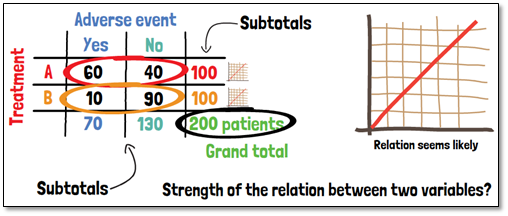



What Are Cross Tables Odds Ratio And The Relative Risk Gcp Service




Definition And Calculation Of Odds Ratio Relative Risk Stomp On Step1




Odds Ratio Vs Relative Risk Ratio And Why It Matters Youtube
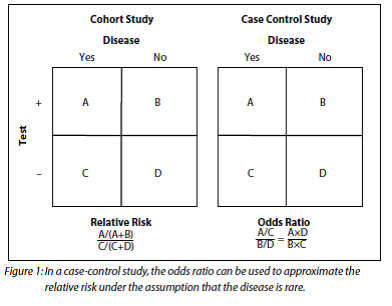



Hazard Ratio Odds Ratio




Risk Ratio Vs Odds Ratio Youtube
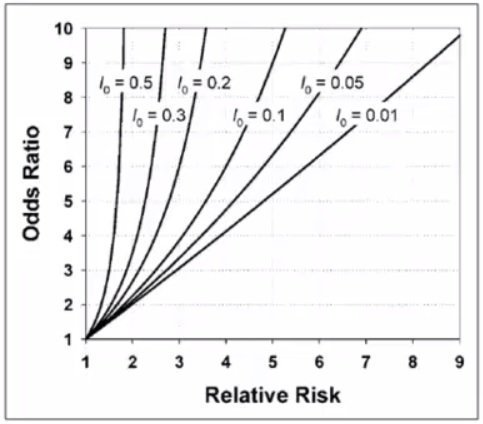



Cecile Janssens A Reminder That Odds Ratios Massively Overestimate Relative Risks When Outcome Is Common In The Population Or By Study Design E G Case Control Studies Io Is Proportion Of Cases




Nccmt Ure Relative Risk It S Easy To Calculate And Interpret Youtube
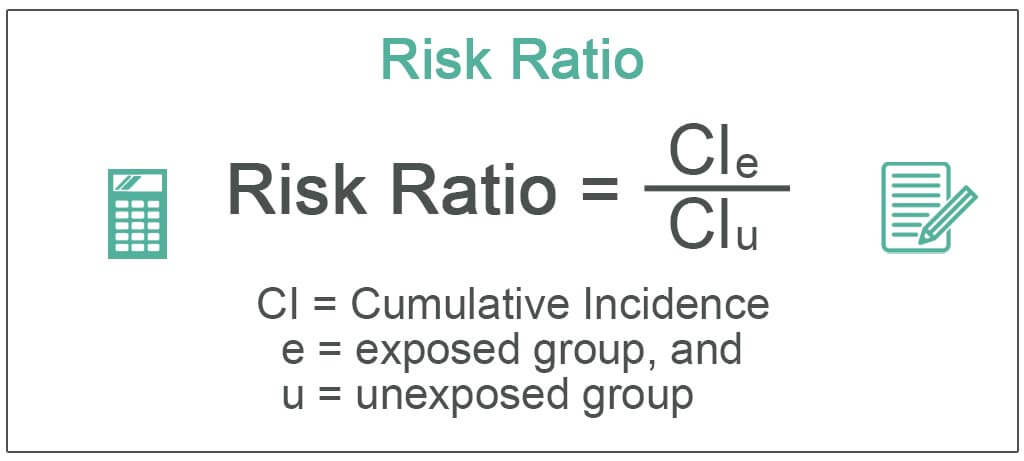



Risk Ratio Definition Formula How To Calculate




Odds Ratios And Risk Ratios Youtube




Odds Ratio Relative Risk Epidemiology Statistics Tutorial Student Evaluate Treatments Youtube




Measures Of Effect Relative Risks Odds Ratios Risk Difference And Number Needed To Treat Kidney International



Studying Studies Part I Relative Risk Vs Absolute Risk Peter Attia



1




Relative Risk Odds Ratio Youtube




When Can Odds Ratios Mislead The Bmj




Relative Risk Wikipedia




Pdf When To Use The Odds Ratio Or The Relative Risk Semantic Scholar




Overestimation Of Risk Ratios By Odds Ratios In Trials And Cohort Studies Alternatives To Logistic Regression Cmaj




Definition And Calculation Of Odds Ratio Relative Risk Stomp On Step1 Study Skills Research Methods Risk Management




Interpreting Odds Ratios And Relative Risk Youtube



0 件のコメント:
コメントを投稿